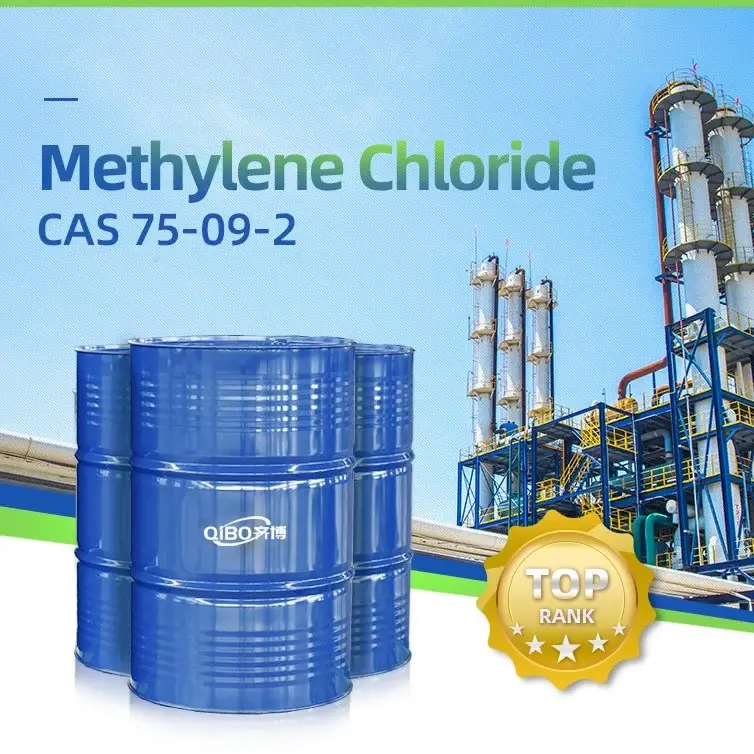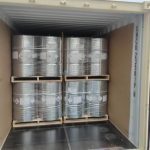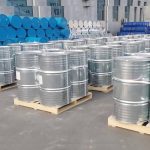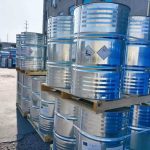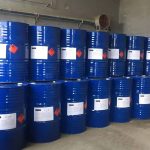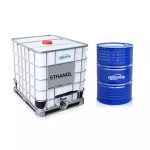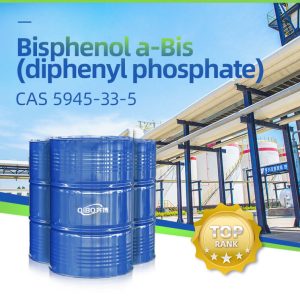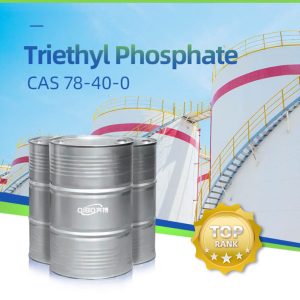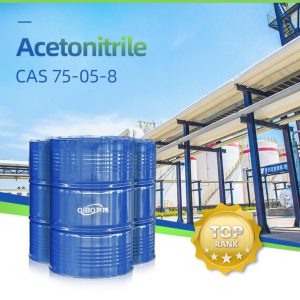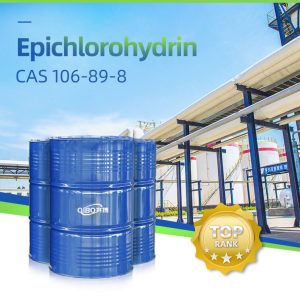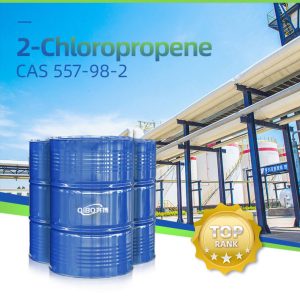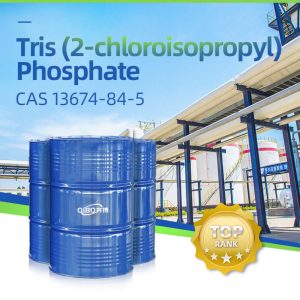
PROUDCTS
Home » PRODUCT » Organic Intermediate » Methylene Chloride
Product introduction
| CAS NO. | 75-09-2 | Formula | CH2Cl2 |
| EINECS NO. | 200-838-9 | Critical pressure | 6.08MPa |
| Melting point | -97 ℃ | HS CODE | 29031200 |
| Boiling point | 39.8 ℃ | Critical temperature | 237℃ |
| Density | 1.325 g/cm³ | UN NO. | 1593 |
| Appearance | Colorless transparent volatile liquid | CLASS | 6.1 |
| Flash point | -14.1 ℃ (No flash point under normal temperature and pressure) | Solubility | Slightly soluble in water, soluble in ethanol and ether |
Methylene Chloride(dichloromethane), an organic compound with the chemical formula CH2Cl2, is a colorless and transparent liquid with a pungent odor similar to ether. Slightly soluble in water, soluble in ethanol and ether, it is a non-flammable low-boiling point solvent under normal use conditions, and when its vapor becomes high concentration in high-temperature air, a weakly flammable mixed gas will be formed, which is often used to replace flammable Petroleum ether, ether, etc.
Methylene Chloride Uses
1. It is used for grain fumigation and refrigeration of low-pressure freezers and air-conditioning units.
2. Used as solvent, extractant and mutagen.
3, for the electronics industry. Often used as a cleaning and degreasing agent.
4. It is used as dental local anesthetic, refrigerant, fire extinguishing agent, cleaning and degreasing agent for metal surface paint layer and film release agent.
5. Used as an intermediate in organic synthesis.
Emergency measures
Emergency release treatment
Quickly evacuate personnel from the leaked contaminated area to a safe area, isolate them, and strictly restrict access. Cut off the source of ignition. It is recommended that emergency responders wear self-contained positive pressure air breathing apparatus. And make use of restricted spaces such as sewers and flood drainage ditches.
Small spills: Absorb or absorb with sand or other non-combustible materials.
Large spills: Construct embankments or containment pits.
Protective measures
Respiratory system protection: When the concentration in the air exceeds the standard, a direct gas mask (half mask) should be worn. Wear air breathing apparatus during emergency rescue or evacuation.
Eye Protection: When necessary, wear chemical safety goggles.
Body Protection: Wear protective clothing for infiltration of poisons.
Hand Protection: Wear chemical resistant gloves.
Others: Smoking, eating and drinking are prohibited at the workplace. After work, shower and change. Store contaminated clothing separately for later use. Pay attention to personal hygiene.


